From Tree to Table : Urban Foraging in London
Cat Byers |
As a dedicated city-dweller who even finds Kew Gardens ‘a bit too green', my idea of urban foraging is raking through a Tesco bargain bin.
Foraging brings to mind idyllic scenes of picking blackberries off branches in a summertime Laurie Lee daydream, which is about as far from my sooty, smoky, instant-noodles-for-dinner existence as you can get. Somewhere in my mind I can't help but continually mistake it for ‘dumpster diving' too. Fortunately, chef and expert forager Caroline Davey is determined to help me embrace my inner cavewoman. This back-to-basics way of finding ingredients has become a culinary trend in recent years, with Noma in Copenhagen leading the way and the rest of us scrabbling behind. Rustic, foraged restaurant menus and recipes are becoming much more popular as the backlash against supermarket prices and environmental concerns grow. London, it would appear, is a hot-spot for wild food too. Despite our attempts to beat nature into submission, recent research suggests that there are over 200 species of edible plants growing wild here. Caroline, who once worked as an ecological consultant and specialised in botany, gives us some advice to get started on winter foraging.What to look for:
 Horseradish: Banks and hedges are a good place to start. Look for leaves similar to dock leaves – you should smell the familiar mustard-like smell by crushing a few leaves. A perfect accompaniment for roast beef. Found on the Hackney Downs and the Lee Park Valley.
Rose hips: These cherry-sized red fruits of the rose bush are sweet and spicy, and make a great alternative to cranberry to serve alongside roast turkey and stuffing. Can be found on rose bushes in parks all over east London, for example Victoria Park.
Burdock root: Found in Clissold Park, these are usually considered weeds, but make a great coffee substitute when combined with dandelion roots. It's also a great energiser.
Wood blewits: These mushrooms thrive in the Hackney Marshes during the autumn and winter months. Be sure to cook them before adding them to a hearty soup.
Chickweed: Look in Stoke Newington for this year-round for hardy plant is as much at home in salads as it is in soups and stews – bulk out dinners with these leaves for a real taste of the outdoors.
Horseradish: Banks and hedges are a good place to start. Look for leaves similar to dock leaves – you should smell the familiar mustard-like smell by crushing a few leaves. A perfect accompaniment for roast beef. Found on the Hackney Downs and the Lee Park Valley.
Rose hips: These cherry-sized red fruits of the rose bush are sweet and spicy, and make a great alternative to cranberry to serve alongside roast turkey and stuffing. Can be found on rose bushes in parks all over east London, for example Victoria Park.
Burdock root: Found in Clissold Park, these are usually considered weeds, but make a great coffee substitute when combined with dandelion roots. It's also a great energiser.
Wood blewits: These mushrooms thrive in the Hackney Marshes during the autumn and winter months. Be sure to cook them before adding them to a hearty soup.
Chickweed: Look in Stoke Newington for this year-round for hardy plant is as much at home in salads as it is in soups and stews – bulk out dinners with these leaves for a real taste of the outdoors.
Tips for first timers:

- Start with species that are easy to identify like elderflowers, nettles blackberries and once you have created some great things to eat you can build up the confidence to move onto slightly more unusual things.
- Only pick things you have a 100% positive identification for. There are plants and fungi out there that can kill you ,so it's important that you don't take any chances.
- Buy yourself a wild flower identification guide and keep it in your bag so that wherever you go you can start to identify plants. The hardest part of foraging is plant identification and it takes lots of practice and repetition to get it right.
- Start foraging in your own back garden! You don't have to travel miles to forage; you will find edible plants on your street, in your garden and in your local park.
- Follow a responsible foraging code. It is illegal to take rare plants listed under the Wildlife and Countryside Act 1981. Only take very common plants such as nettles, alexanders and sorrel so that you won't be responsible for depleting plant stocks. Don't take the whole plant, but leave more than half of it to grow back.
- Do not trespass to forage for wild food. Either get the landowner's permission or stick to public footpaths.
Getting involved
 Want to ease into the scene before you start digging up hedgerows near Heathrow? Urban Foraging enthusiasts (try putting that on your CV) can be found all over London, and many have formed collectives which offer day courses and guides for newcomers. Check out Wild For Woods, Chiswick Abundance Group, Brockely Harvest, and Urban Harvest for further information.
Go forth, and go forage.
Caroline Davey and Gallo Family Vineyards Autumn Red are currently inspiring the nation to explore the outdoors and find the UK's best foraged ingredients. To find out more search "Gallo Family Vineyards UK" on Facebook.
Want to ease into the scene before you start digging up hedgerows near Heathrow? Urban Foraging enthusiasts (try putting that on your CV) can be found all over London, and many have formed collectives which offer day courses and guides for newcomers. Check out Wild For Woods, Chiswick Abundance Group, Brockely Harvest, and Urban Harvest for further information.
Go forth, and go forage.
Caroline Davey and Gallo Family Vineyards Autumn Red are currently inspiring the nation to explore the outdoors and find the UK's best foraged ingredients. To find out more search "Gallo Family Vineyards UK" on Facebook.
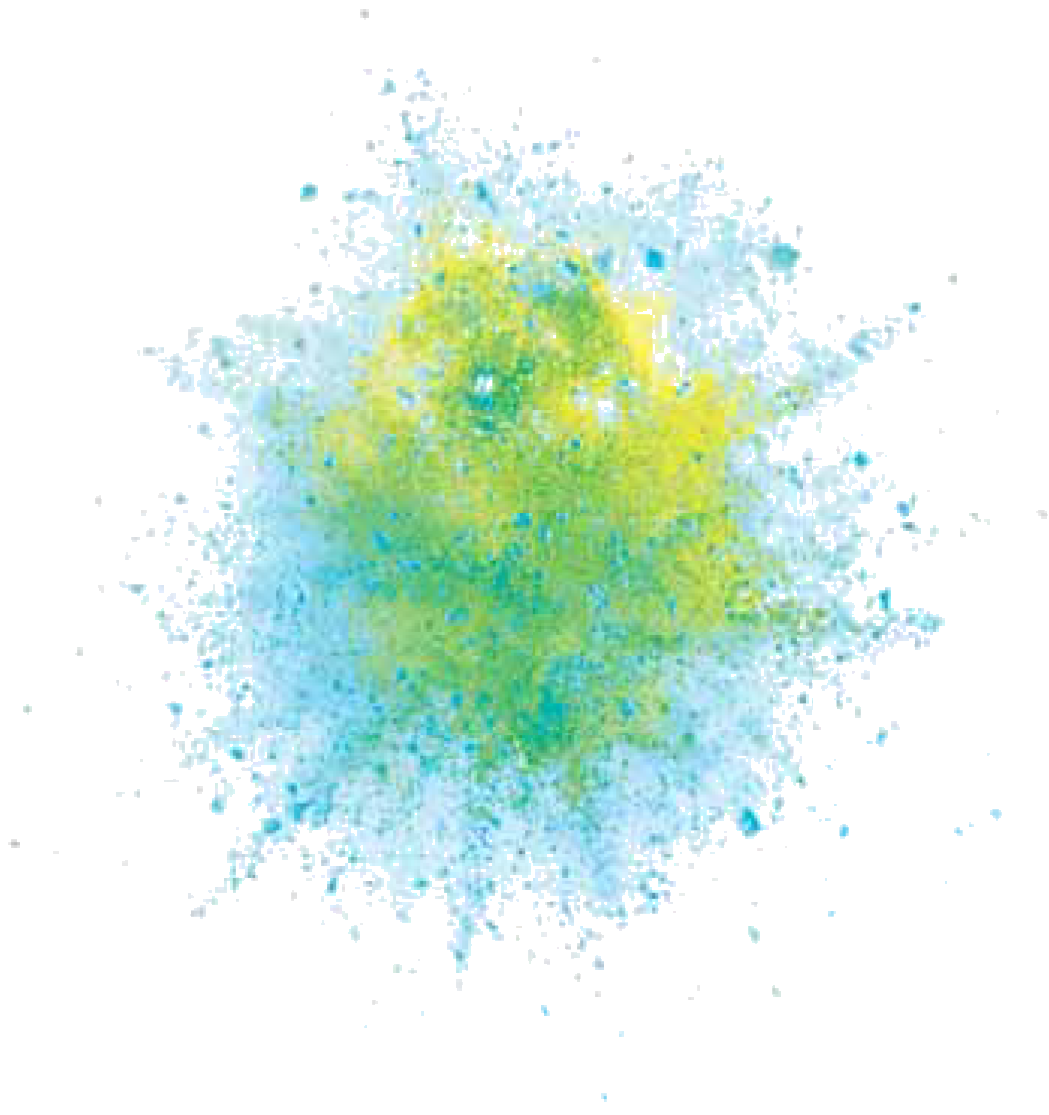

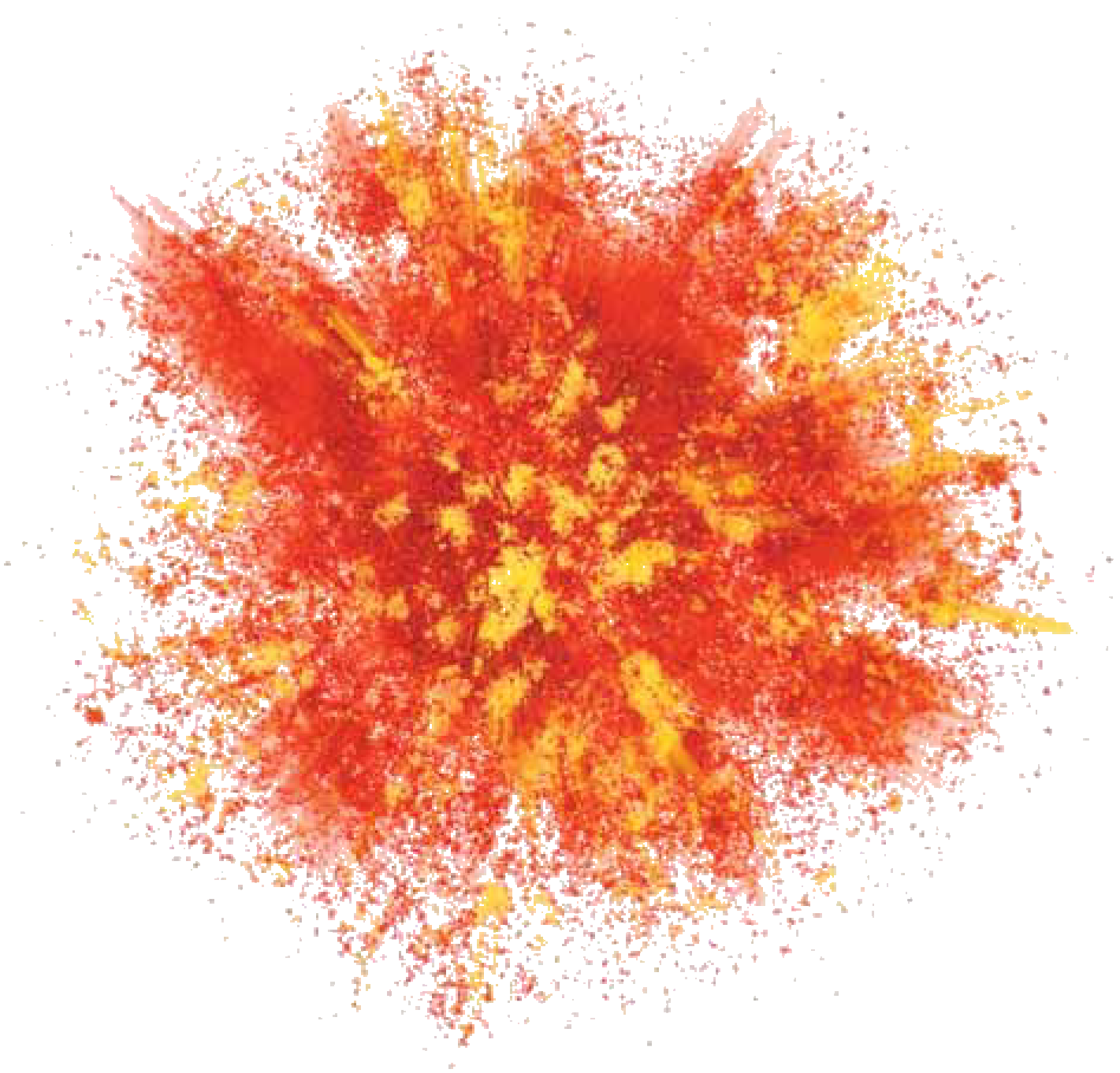
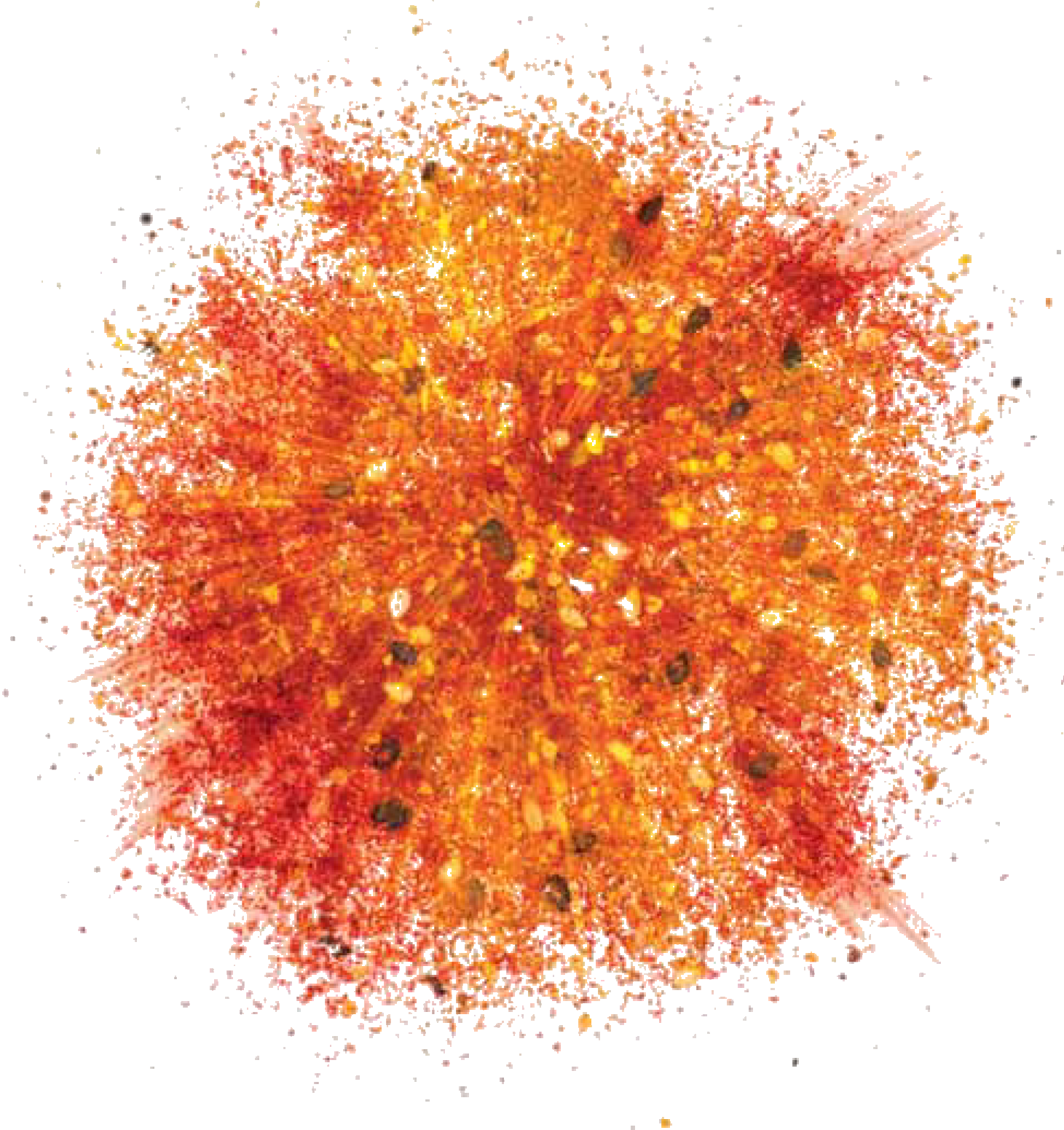
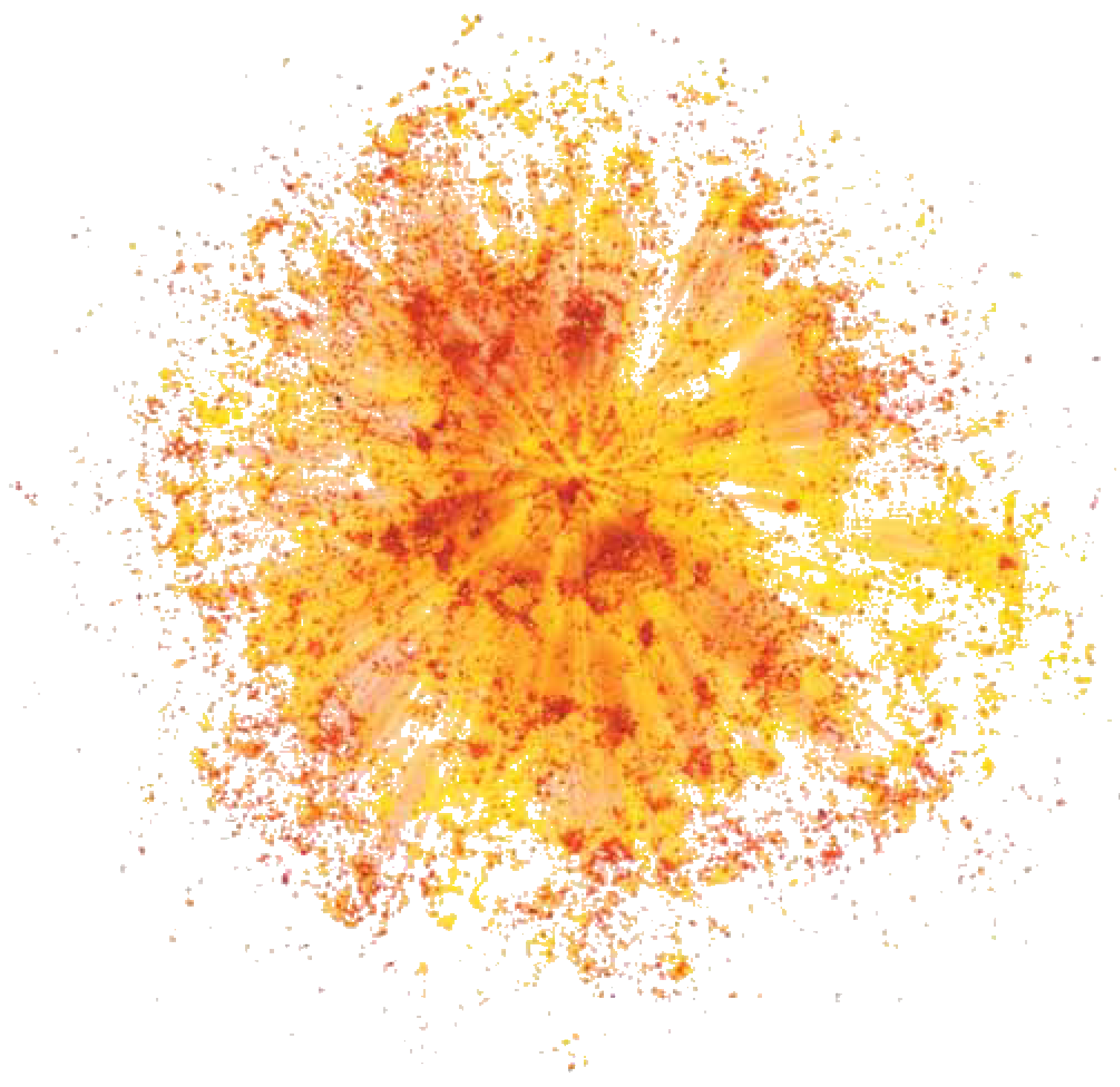
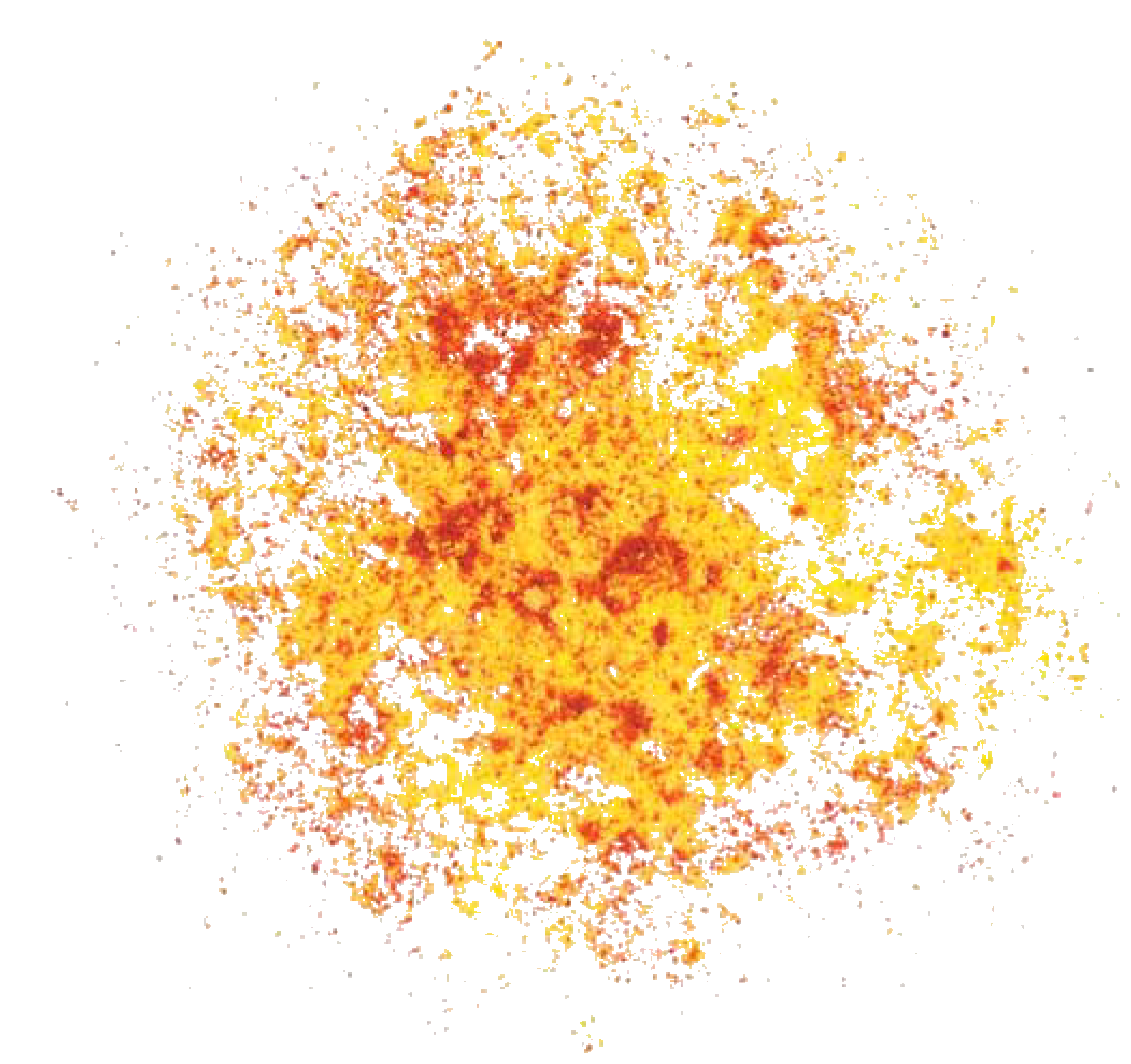
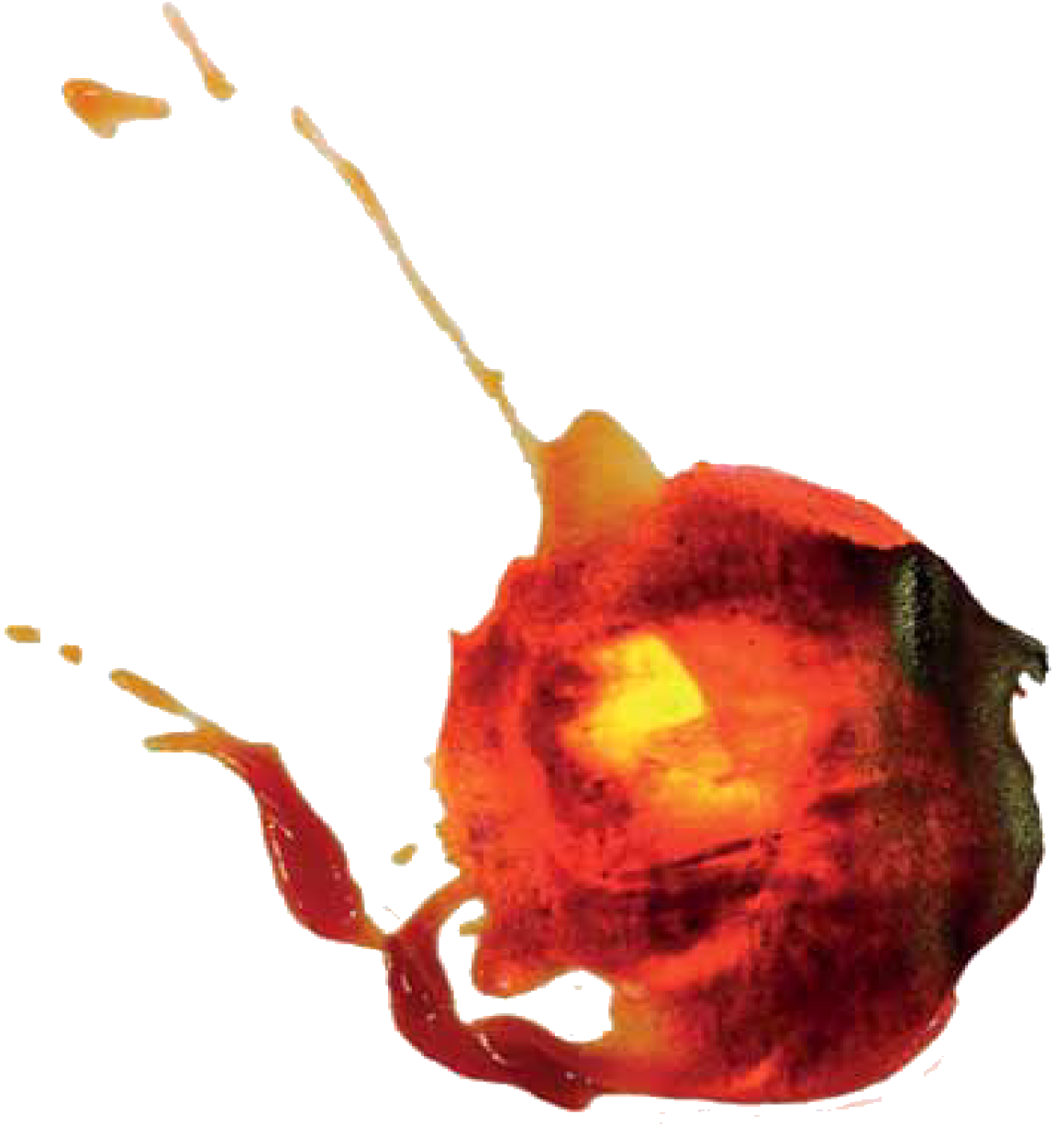
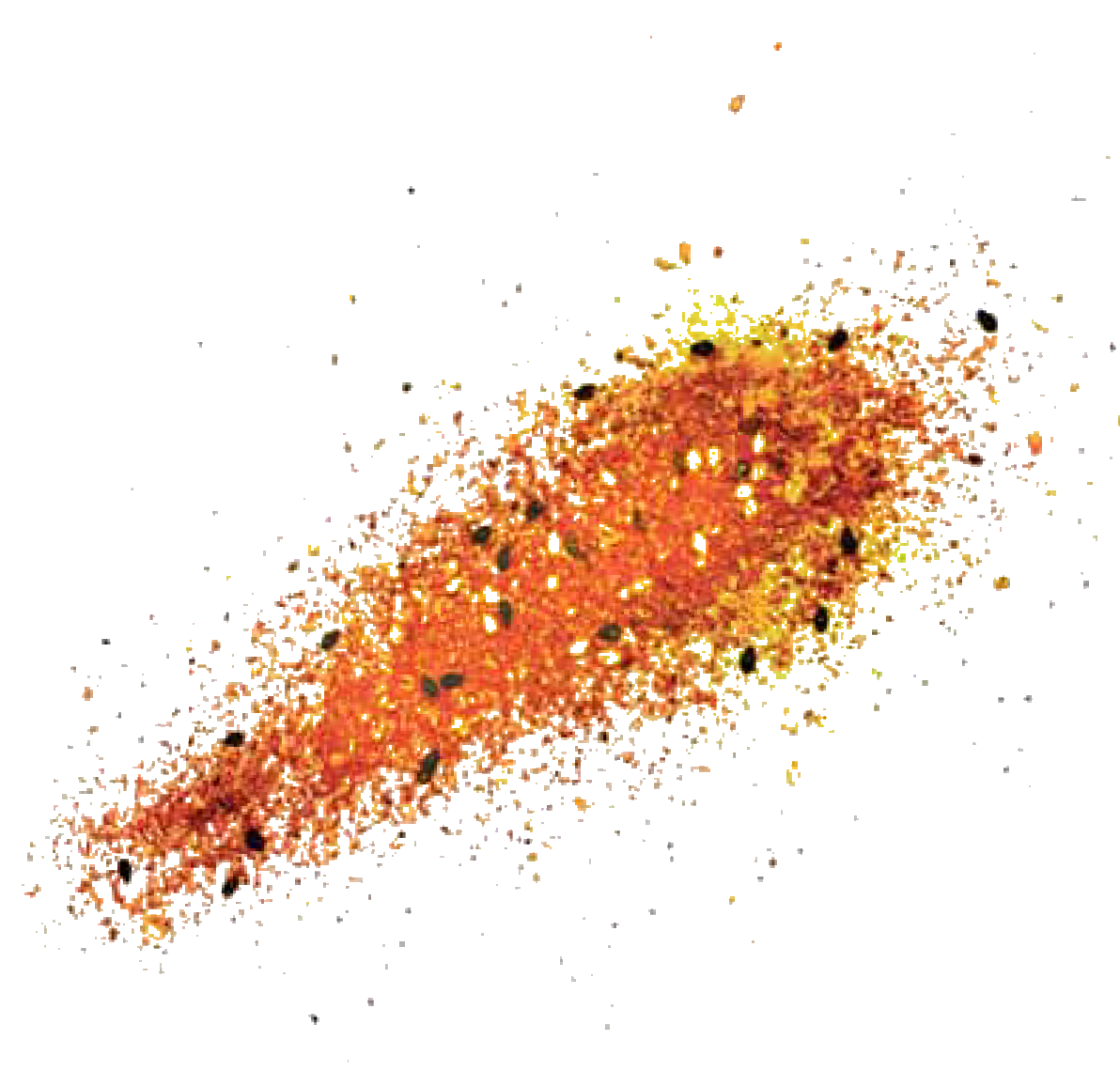
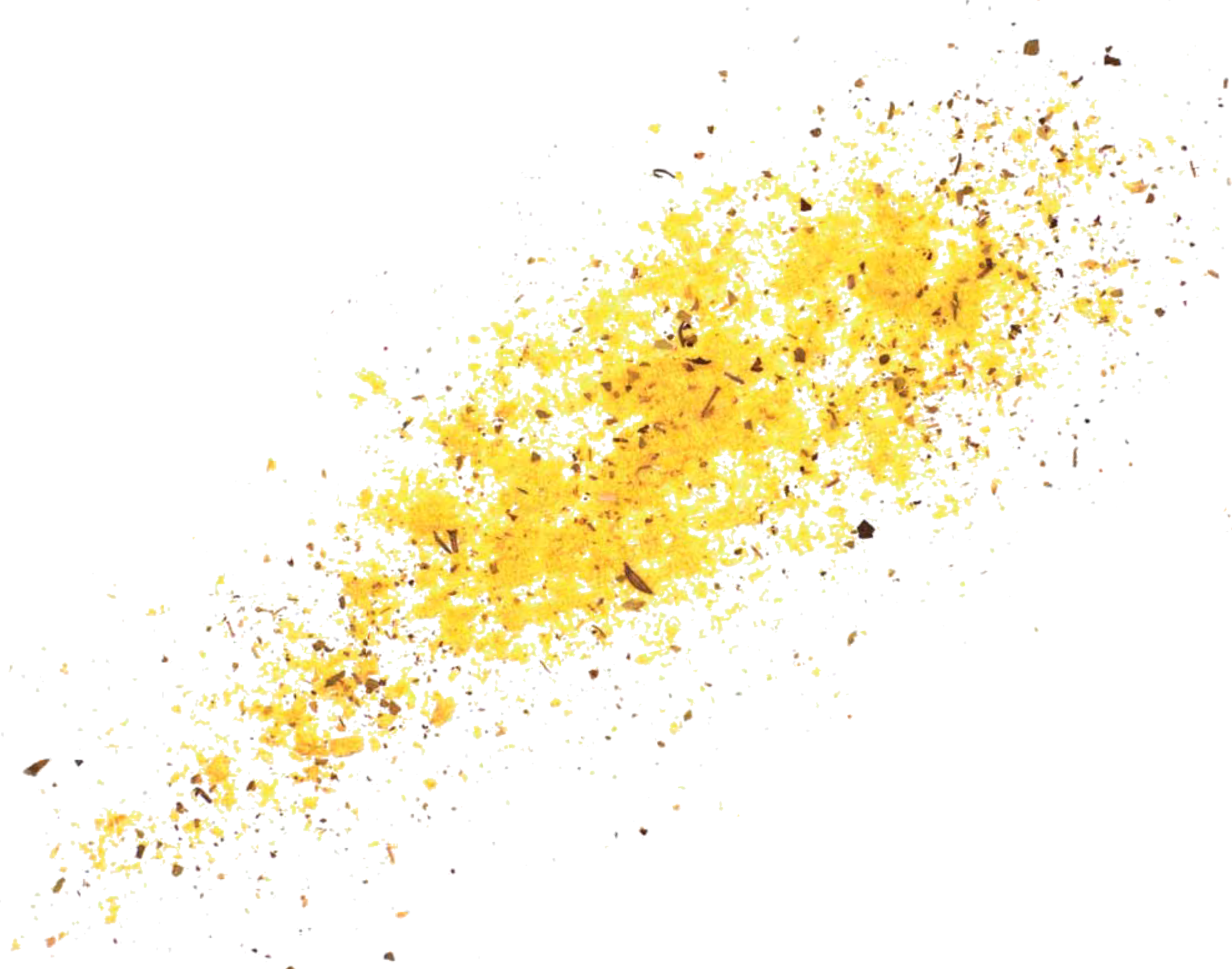 Skip to content
Skip to content





